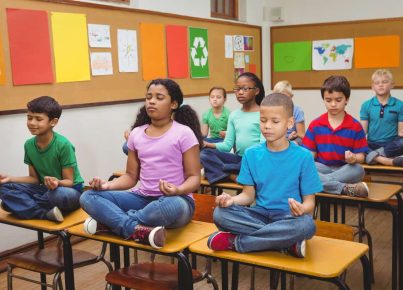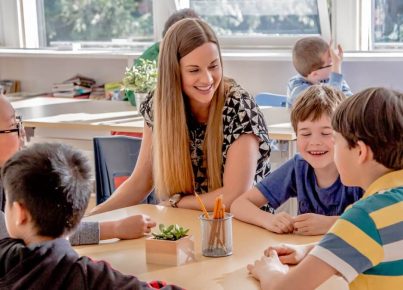The sudden onset of the COVID-19 pandemic turned the world of education upside-down, forcing schools to switch from in-person classes to remote learning. As a result, distance learning has become the new norm for millions of students across the globe. But with this forced shift comes new challenges and tensions that have driven a wedge between teachers and parents.
Unpreparedness for the change
The rapid transition to remote learning left both educators and parents scrambling to adapt and adjust. Teachers, many already feeling overworked and under-resourced, were expected to quickly re-design lesson plans to work online, while parents had to take on an increased role in ensuring their children’s continued education at home – in many cases, while juggling jobs of their own.
Different parenting styles
Parents with different approaches to education have long caused tensions between teacher-parent relationships. With distance learning becoming the standard, these disagreements have only intensified. In some cases, parents pressure teachers to assign more schoolwork or deliver instruction differently than what they are comfortable with.
Lack of communication
Remote education has led not only to physical distance but also emotional disconnect between parents and teachers. Teachers are overwhelmed with their newfound responsibilities, like managing virtual classrooms, providing personalized feedback, and supporting students’ wellbeing. As a result, communication can suffer, leading to misunderstandings and misaligned expectations.
Technical issues
Many schools lacked the necessary infrastructure and equipment for a smooth transition into distance learning. Educators grapple with unreliable internet connections, outdated or insufficient devices, and uncooperative software programs. Parents struggle similarly but may be less empathetic toward teachers’ technological issues when they feel it hampers their children’s learning progress.
Stress from multiple fronts
Both teachers and parents face pressures in their personal lives that may contribute further tension in their relationship. Teachers are coping not only with professional disruptions but also concerns for their own health and financial security, while parents shoulder additional responsibilities as primary caregivers and work-from-home employees.
Closing thoughts
Ultimately, the challenges of distance learning have profound implications for teacher-parent relationships. As the pandemic continues to unfold, it is essential for both sides to recognize these struggles, exercise patience and empathy, and jointly implement positive strategies to bridge the gap. Although distance learning will likely remain an ongoing concern for some time, fostering collaborative relationships can help teachers and parents work together to ensure that students continue to thrive despite the struggles they face.




